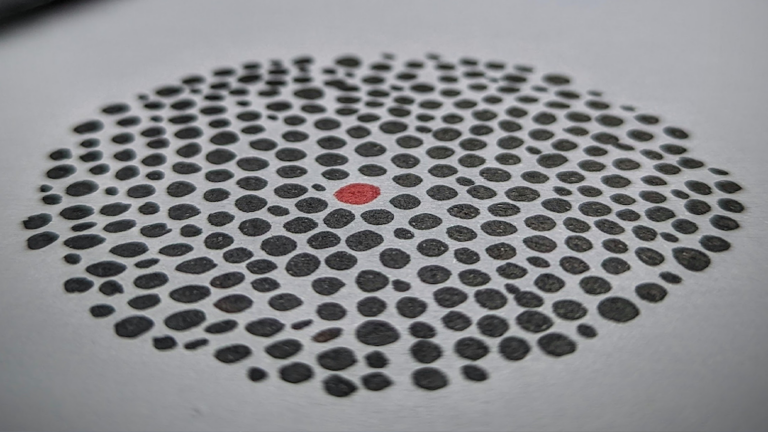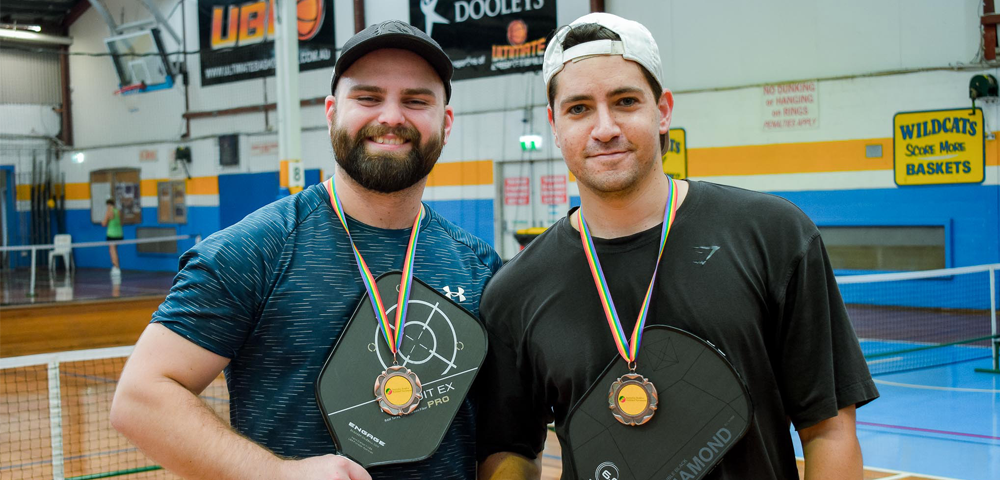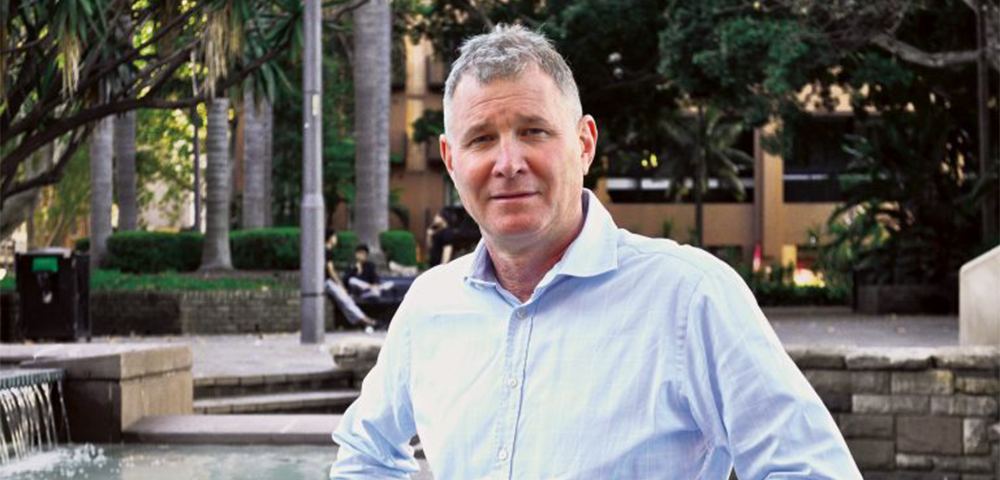
It’s all in the stroke
As anyone who has watched the Olympic Games pool events, or wandered around Boy Charlton or Sydney University pools, will tell you, there is absolutely nothing wrong with a swimmer’s body.
Muscled shoulders and arms, powerful chests, tight waists and even tighter butts leading down to strong legs are the result of regular swimming exercise.
But more than just providing the aesthetic pleasure of a swimmer’s body, there is almost nothing wrong with swimming as a regular form of exercise.
Apart from burning fat and toning muscles at the same time, swimming provides the heart and lungs with an excellent aerobic workout.
And for the mind, many swimmers swear by the near-meditation experience of following the black line while powering up and down the lanes of a pool.
Swimming is also popular with elite athletes through to people undergoing rehabilitation because it is non-impact, with the body supported by the water and little stress placed on the joints and bones.
Danny Crowe is a coach with Sydney’s gay and lesbian swimming squad, Wett Ones, and says the secret to swimming is to start slowly and build steadily.
I still remember the first time I turned up to swim with Wett Ones and I lasted four laps and was exhausted, he says. I thought I could just get in and swim, but I found my body couldn’t cope.
The thing to always remember with swimming is not to expect everything at once and it does take time.
Before a new swimmer takes to the lanes to get into shape, Crowe suggests a round of stroke correction training sessions with a coach or a squad.
Many of us have developed patterns that are not beneficial to a swimming routine, Crowe says. There are also so many stories of people developing swimmers shoulders because they don’t swim properly.
Having stroke correction classes is one of the most important things to do. It will improve the way you swim and, ultimately, improve the performances you achieve.
Once the stroke is in shape, it is time to begin a regular swimming routine. Crowe suggests three to four sessions a week, with the number of laps increasing per week. Freestyle remains the most popular of all strokes, while breaststroke is also popular for a strong chest and shoulder workout. More advanced swimmers will add in backstroke and butterfly to vary a routine.
Breathing from both the left and right side of the body is ideal to keep both the body and the stroke balanced as you move through the water.
Swimming gets you fit, Crowe says. And the best thing about staying fit means you are capable of getting on with everything else in your life as well.
Danny Crowe’s swimming tips
1. Get stroke lessons.
2. Set goals.
3. Listen to your body for how many laps to swim.
4. If you are doing too much, cut it back, don’t cut it out.
5. Ear plugs or drops are essential.
For more information visit the Wett Ones website.









